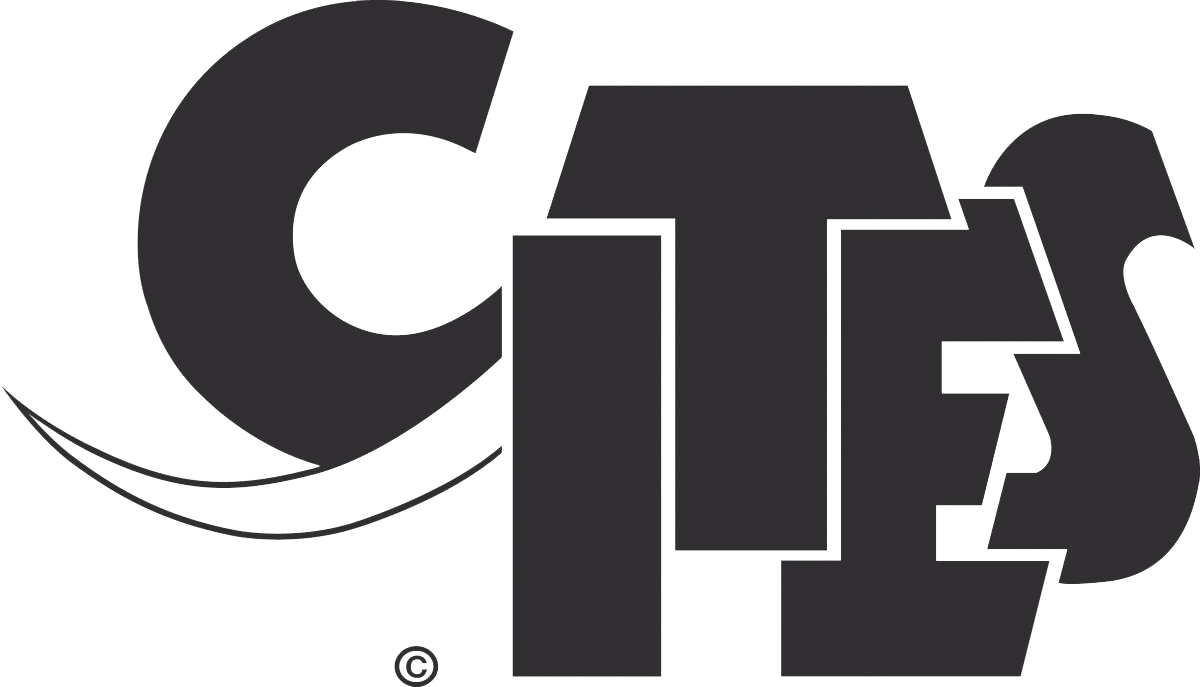|
The Convention on International Trade in Endangered Species of Wild Fauna and Flora (CITES) is an international agreement between Governments. As of November 2015, there are 181 member Parties, including 180 states and the European Union. The aim of CITES is to ensure that international trade in specimens of wild animals and plants does not threaten their survival. CITES works by subjecting international trade in specimens of selected species to certain controls. These require that all import, export, re-export and introduction from the sea of species covered by the Convention has been authorized through a licensing system.
|
|
Widespread information about the endangered status of many prominent species, such as the tiger and elephants, might make the need for such a convention seem obvious. But at the time when the ideas for CITES were first formed, in the 1960s, international discussion of the regulation of wildlife trade for conservation purposes was something relatively new. With hindsight, the need for CITES is clear. Annually, international wildlife trade is estimated to be worth billions of dollars and to include hundreds of millions of plant and animal specimens. The trade is diverse, ranging from live animals and plants to a vast array of wildlife products derived from them, including food products, exotic leather goods, wooden musical instruments, timber, tourist curios and medicines. Levels of exploitation of some animal and plant species are high and the trade in them, together with other factors, such as habitat loss, is capable of heavily depleting their populations and even bringing some species close to extinction. Many wildlife species in trade are not endangered, but the existence of an agreement to ensure the sustainability of the trade is important in order to safeguard these resources for the future.
|
Because the trade in wild animals and plants crosses borders between countries, the effort to regulate it requires international cooperation to safeguard certain species from over-exploitation. CITES was conceived in the spirit of such cooperation. Today, it accords varying degrees of protection to more than 37,000 species of animals and plants, whether they are traded as live specimens, fur coats or dried herbs.
The species covered by CITES are listed in three Appendices, according to the degree of protection they need:
- Appendix I includes species threatened with extinction. Trade in specimens of these species is permitted only in exceptional circumstances.
- Appendix II includes species not necessarily threatened with extinction, but in which trade must be controlled in order to avoid utilization incompatible with their survival.
- Appendix III contains species that are protected in at least one country, which has asked other CITES Parties for assistance in controlling the trade.
The following shark and ray species are listed on the CITES Appendices:
Appendix I
Appendix II
Appendix III
|




